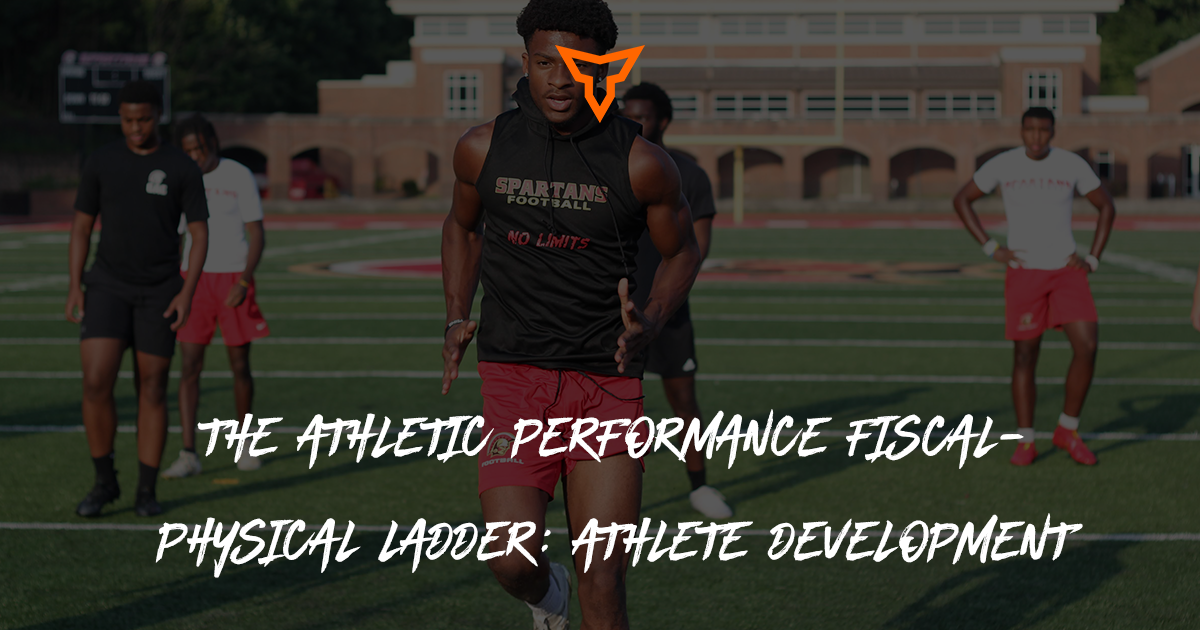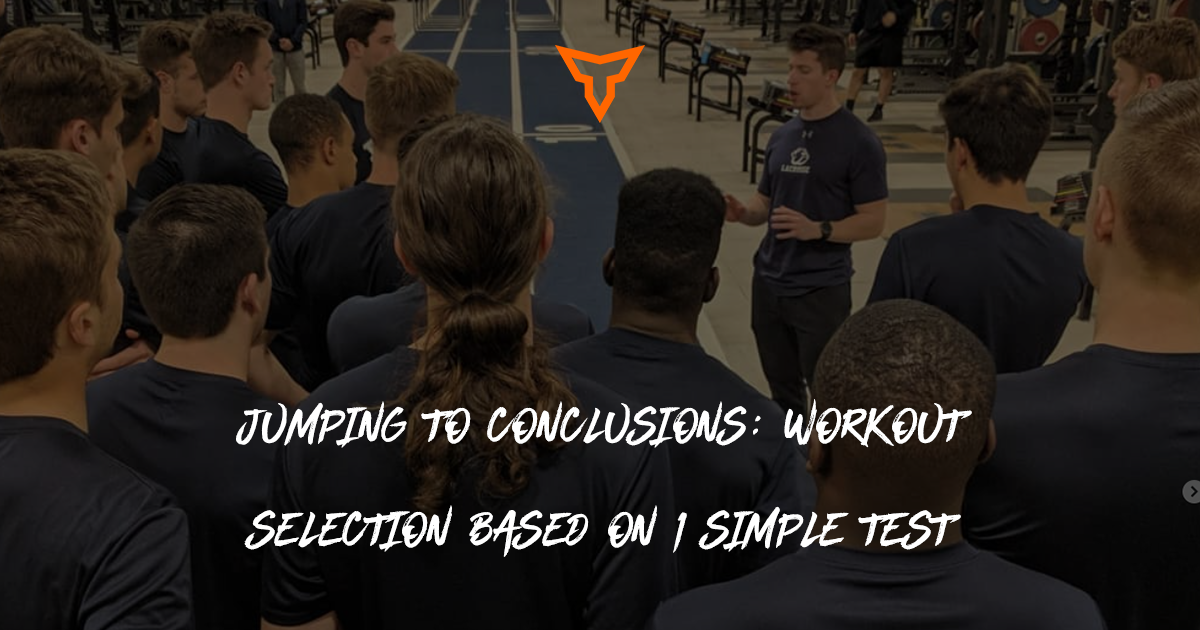Fail to plan, plan to fail. This is a motto that molded most strength coaches in the field today. Our profession is built upon optimization--putting the pieces of the athletic puzzle together at just the right moment to peak performance. Planning every rep, set, and load around every practice, game, and playoff run seems to be the bulk of our job description. Programming appears to take precedent.
Here are the facts. Having a well-mapped, well-thought process can lead to a more catered training approach and better athletic performance year-round. That being said, we know plans fail. Having a stringent annual plan or periodization strategy tends to work in theory, yet, it seems to fail when put into practice. When one variable goes astray, a domino effect ensues. A once wholesome plan gets ripped to shreds and we head back to the drawing board scrambling to figure out our next move. Now more than ever, we need to acknowledge the reality of periodization. It probably doesn’t work.
The issue with stringent periodization (especially in a team setting) is that it revolves around naïve assumptions:
- All athletes will need the same stimulus at the same time
- All athletes will respond to said stimulus at the same time
- All athletes will be technical masters of the weight room
- All athletes will remain healthy indefinitely
- All athletes will refrain from unscheduled life events indefinitely
- The competitive sport calendar will remain as scheduled indefinitely
If you’re like me, reading off this list makes you chuckle on the inside. We all know these assumptions will never hold up, not even slightly. I can’t even fathom a sport coach never throwing in an extra practice much less an athlete ever not missing one. Taking a step back, it’s almost humorous to think we would even attempt to try to plan our programs in such a way.
As much as I laugh now, I used to be married to annual plans, periodized to the letter. In my early days, I thought being able to map out every single detail at the start of the season would be paramount to my teams’ success (and mine by association). I would spend countless hours writing what I thought to be “the best plan” for the next 8-12 months; every phase with corresponding intensities and volumes was accounted for. Within the first week of lifts, the plans were scrapped and my ego crushed. Through all of my tedious efforts, I forgot to account for the most important detail. I forgot that we were human.
We need to embrace the fact that we coach humans and program robots. It doesn’t matter if you work in the pros or at the high school level; we all know that life just so happens to take the wheel some days. Things beyond our control throw curveballs at us. The sport coach who demands extra skills practice doesn’t care about your pretty Excel chart. The kid whose parents planned a family trip didn’t consider your low-force, high-velocity phase. The player who sprained their ankle wasn’t thinking about your dynamic effort block when they heard their foot pop. If we only knew how to use a spreadsheet and calendar to prepare our athletes, we were doomed from the start.
Case in point, the global pandemic is periodization’s worst nightmare. Sports seasons were canceled, delayed, modified, or anything in between over the last year. Scheduled games, practices, and competitions are no longer set by sports associations, but rather public health officials. We’ve never experienced that type of challenge before in our lifetime.
For coaches, it's a mess trying to optimally prepare athletes on a more rigid routine with so many unknowns coming into play. Instead, we’re forced to roll with the punches and adapt. As frustrating as this pandemic has been, some good did come out of it. This pandemic has presented a series of challenges for those coaches with a growth mindset. It challenged us to let go of concrete periodization ideas and to be fluid with our programming planning. It challenged us to paint with broad strokes; planning in a more general fashion to allow flexibility of life. It challenged us to accept what we couldn’t control instead of getting frustrated by it. It challenged us to be better coaches.
Let’s put life factors aside for a second. Assuming no athlete took a vacation, got injured, or had emotional stress outside the weight room, it would be foolish to neglect unique individual characteristics in a team program. We know that no two athletes respond to the same stimulus to the same degree, much less at the same rate. We also know that a certain stimulus may yield results for one but also be detrimental to performance for another. What may be good for the goose may NOT be good for the gander.
Here are a few guidelines I keep in mind when planning programs for my athletes:
- If my plan takes longer than 30 minutes to design, I’m doing it wrong.
- 4-12 week macrocycles have proven more effective for “righting the ship,” sometimes even less!
- Have an adaptation focus; set intensity and volume guidelines within each mesocycle.
- Plan for what most may struggle with instead of what few may succeed at.
- Remember you’re a practitioner first and a programmer second; coaching comes first.
A simple example of a smaller macrocycle could look as follows:
Now, don’t get me wrong. I’m not saying we should never plan our programs or periodize at all. It helps to have some sort of system in place to better optimize results while ensuring time efficiency. Understanding sport demands, team weak points, individual needs, and the competitive calendar are all variables we can use to cater to our training approach. That being said, if your planning takes away from your coaching, you’re stepping over $100’s to pick up nickels. Read the room and adjust accordingly.
Having your training year scheduled down to the last rep will likely end up in frustration as you find yourself calling audible on the regular. We need to be more comfortable painting with broader strokes. The more specific a plan gets, the more variables there are to be compromised. Identifying key weak links in your team's relative chain and addressing them on a case-by-case basis will prove more beneficial than a figurative ghost hunt planned months in advance.
I encourage my fellow coaches to rethink what it means to plan their training approach; the time spent splitting hairs over minuscule methodologies could be better spent actually coaching our athletes. The age-old rule usually rings true: simple works.
Subscribe to our blog
Subscribe to receive the latest blog posts to your inbox every week.
Related posts

The Athletic Performance Fiscal-Physical Ladder: Athlete Development

Jumping to Conclusions: Workout Selection Based on 1 Simple Test


